World Fine Art Professionals and their Key-Pieces, 289 - Marin de Jong
World Fine Art Professionals and their Key-Pieces, 289 – Marin de Jong
At the time of my visit, Marin de Jong’s studio was located on the third floor of a former school building in the Old North (Oude Noorden) of Rotterdam. Due to re-use, all artists would soon leave the building. Fortunately, there was a new building available for the artists, also a former school not so far away.
Marin’s studio is quite empty. He has cleaned up considerably after his work went to the gallery for his exhibition “CHRONICLE FOR THE MILLIONS”, which was shown at the twelve twelve gallery in The Hague.
Basquiat’s crown
There is still something to see in his studio. For example, there is a red dot on the wall next to a spot on the wall where clearly something has hung. Marin de Jong: “I took a picture of that red dot next to the empty space and used it for the poster of my exhibition.” And there is also a painting with a triple crown. He shows his right arm and I see the same crown tattooed on it. “It’s Basquiat’s crown. I have always been a big fan of the work of Jean-Michel Basquiat. ”
There is a story attached to the crown. Basquiat said there was a prince with a magical crown, who was locked up by a warlord in a tower. The warlord took his voice from the prince. So the prince bumped his crown against the metal bars of the window so that someone would hear and discover him. The crown made a very beautiful sound, so beautiful that the sound could be heard everywhere. The prince was never found and never released, but the sound of the crown against the bars filled everything with beauty. In the painting three crowns can be seen on top of each other, with a fan-like pattern in the background. “It’s a painting that doesn’t really match the rest of my work, it’s more an ode to Basquiat. Jean-Michel saw himself as the prince of the story. ”
Unknown Prob
On the other wall hangs the work ‘Unknown Prob’, a three-dimensional work of which the bottom half of the wall protrudes. We see red-white stripes, a bit dirty and at the top a triangle with a round sphere. Is it the Earth or the Moon? It turns out to be an important work, even a key work. “It is the first work that I have produced in a new series. I made it in 2015. You can imagine that it is part of a bigger thing, that it traveled with a circus. I made the painting a bit dirty. As if it comes from the nineteenth century. It is reminiscent of a flag, for many that is the first association. And you see such a triangle in many flags of South American countries. That round sphere is the moon. ”
One of Marin’s central themes is to challenge people to be aware of the visual culture with which we live, and the way in which it partly determines our view of the world. “I find it interesting that when people see this work, people immediately think it is the American flag, when it is not. In this way you can see how great the influence of visual culture is on the human brain. Making this work gave me a good dose of new energy. It has been the basis for a new direction that I have taken. ”
Flair
An earlier turning point in his work was in 2014, clearly visible in ‘Flair’, a substantial painting measuring 2.00 by 4.20 meters. “When I was at the academy I wanted to master the technique of painting perfectly. I then specialized in egg tempera and went very far in learning about the perfect surface for egg tempera, the properties of all pigments, making the perfect binder, etc. After years of painting, in 2014 I was making that big canvas and I realized that I no longer wanted to work on one canvas for a period of six months. I have too many ideas in my head to spend so long on one work.”
It is clear: Marin de Jong does not have one fixed theme. “Like everyone else, the way I view my environment is always in motion., My great inspiration lies outside art. ” He does look a lot at other artists. “The Pop-Art movement in particular has always had my special interest because of its focus on visual culture in the daily living environment. I observe the world around me without necessarily passing judgment on it. ”
Packed up, destroyed and camouflaged
But if you look closely at his work, you will see that many current affairs have a place in his work. “It is up to the spectator whether or not to think about it.” In his latest series of works, he has focused in particular on the position of the arts in our society in recent years. “During the crisis years, that position has suffered a lot from populism, an aversion to intellectualism and severe austerity measures. That is why I packed, destroyed and camouflaged all my works. “
I was able to observe this when visiting the twelve twelve gallery. Three of his works, figurative paintings, were folded and painted over with gray lime paint, destroying the original works. He also painted over another work, a screen print, and sawed it into pieces. Marin de Jong screen printed a lot during his years at the Academy. “We had a beautiful screen printing workshop at the Willem de Kooning Academy. In 2006 I won the Alliance Graphic Prize with a diptych with a 14-layer screen print. But when I left the Academy I no longer had a space and from that moment on I mainly painted.”
Egg tempera
During his second year at the Academy, Marin de Jong immersed himself in various painting techniques. “However, I didn’t like oil and acrylic, I was looking for something else. Opposite my anti-squat house was the studio of an artist, also a painter and one day I decided to knock on his door. It turned out to be the well-known Rotterdam painter Olphaert den Otter, known for his use of egg tempera. ” Marin was immediately hooked. “The egg tempera has the appearance and method that suits me. Olphaert shared his egg tempera recipe with me and I’ve been working with it ever since. ”
During the graduation exhibition in 2006, Marin was discovered by Hans Sonnenberg, owner of the well-known Rotterdam Galerie Delta. Sonnenberg came to see De Jong’s solo exhibition on the occasion of his graduation. “From the start he managed to sell my works to enthusiasts and art collectors. He got me off to a flying start. It was 2006, well before the crisis.” What is special is that Sonnenberg was the first gallery owner to show works by Basquiat, one of De Jong’s heroes, to the Dutch public.
Beyond the pretty picture
“From that moment on, Hans Sonnenberg represented me and I was able to show my work frequently in the gallery and at Art Rotterdam.” Hans Sonnenberg his since passed away and Marin has made the transition to a young gallery. After being represented by Zic Zerp for a number of years, he made a transfer to the twelve twelve gallery.
Finally, does he have a nice philosophical conclusion? “I don’t practice an artistic philosophy, a philosophy can lead to dogma. My strength lies in observing and filtering the world around me. I choose to create a beautiful, well-finished image. The attentive viewer gets a cynical undertone and a dose of humor out of it, by looking beyond the beautiful picture. ”
Images: 1) Untitled – Crown, 2015, 2) Candyman, 2017, 3 – 4) exhibition in twelve twelve gallery, 5) Conductor, 2017, 6) Flair, 2014, 7) The Lost Corner, 2017, 8) Hideout 2017, 9) Lake Chronicles, 2017, 10) Unknown Prob, 2015
http://www.marindejong.com/
http://bit.ly/2whiUHC
http://bit.ly/2fuJEkI
http://bit.ly/2hvv21r
https://ifthenisnow.eu/nl/verhalen/de-wereld-van-de-rotterdamse-kunstenaar-31-marin-de-jong
Disclaimer: The views, opinions and positions expressed within this guest article are those of the author Walter van Teeffelen alone and do not represent those of the Marbella Marbella website. The accuracy, completeness and validity of any statements made within this article are not guaranteed. We accept no liability for any errors, omissions or representations. The copyright of this content belongs to Walter van Teeffelen and any liability with regards to infringement of intellectual property rights remains with the author.


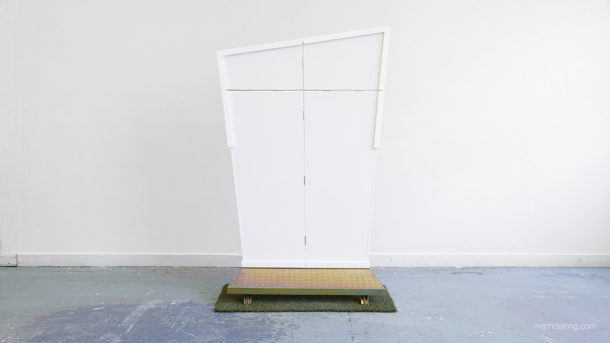

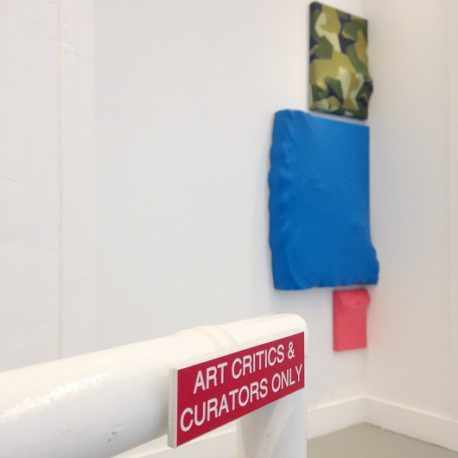
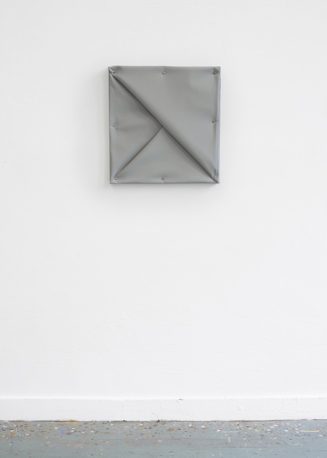

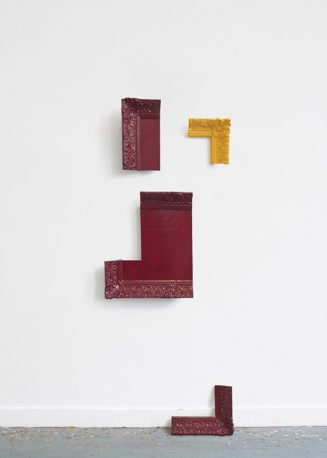
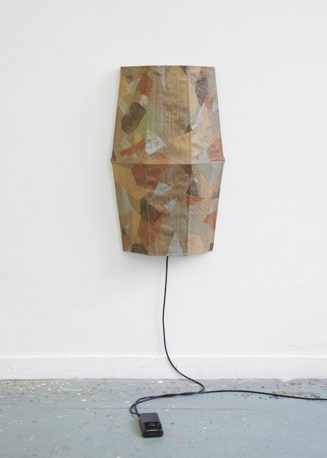
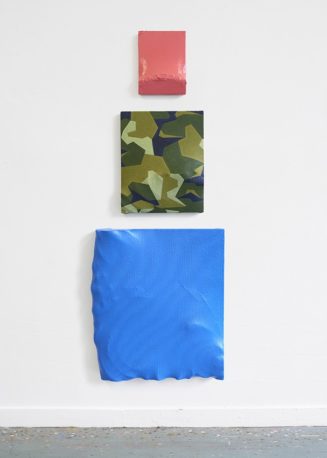
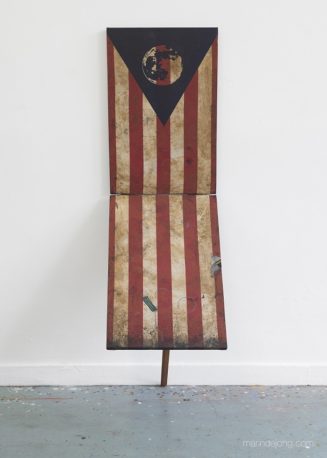














The opinions expressed by individual commentators and contributors do not necessarily constitute this website's position on the particular topic.